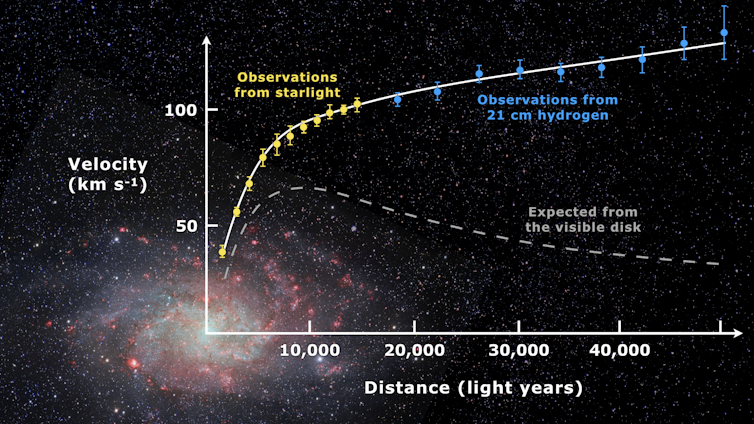 |
| Figure 1 |
The content about an ancient Samsung phone is hardly relevant now except for historical research. I don't know why I stopped using delicious but the bookmarks are still there, all 1841 of them. Here is quote from Wikipedia about the service:
Delicious was a social bookmarking web service for storing, sharing, and discovering web bookmarks. The site was founded by Joshua Schachter and Peter Gadjokov in 2003 and acquired by Yahoo in 2005. By the end of 2008, the service claimed more than 5.3 million users and 180 million unique bookmarked URLs. Yahoo sold Delicious to AVOS Systems in April 2011, and the site relaunched in a "back to beta" state on September 27 that year. In May 2014, AVOS sold the site to Science Inc. In January 2016 Delicious Media, a new alliance, reported it had assumed control of the service. On June 1, 2017, Delicious was acquired by Pinboard, and the bookmarking service was discontinued in favour of Pinboard's paid subscription-based service. As of August 2019, the site is inactive.I remember after delicious that I used StumbleUpon for a while. It has also passed into oblivion as well. To quote again from Wikipedia:
StumbleUpon was a discovery and advertisement engine (a form of web search engine) that pushed web content recommendations to its users. Its features allowed users to discover and rate Web pages, photos and videos that are personalised to their tastes and interests using peer-sourcing, social-networking and advertising (sponsored pages) principles. The service shut down in June 2018.The site has been taken over by mix.com and even though I was able to reset my StumbleUpon password (that I'd forgotten), I wasn't able to access my old bookmarks. They are gone forever. The new site is pretty much the same as Flipboard. Anyway, I signed up to the new site for whatever reason and here is the URL, although I doubt that I'll make any use of it.
Should I try to rekindle by interest in saving to Pocket? I have a "Save to Pocket" icon on my Google Chrome toolbar and the Pocket app is installed on my Samsung phone. What I've tended to do recently is to save links to interesting sites to one of my Twitter accounts, specifically to twitter@voodooguru1949. Figure 2 shows my latest post.
 |
| Figure 2 |
Of course, as the post reveals, the link refers to Flipboard and I could easily have saved the link to that site because, as well as providing content curation for the categories you've expressed an interest in, it allows for social bookmarking (your own personalised content curation). I've created categories (called Magazines) within Flipboard into which to save sites. However, even for ICT, the category with the most stories, my last save was 247 days ago.
I've always found it difficult to coordinate the use of Flipboard on my phone with its use my desktop computer. Today I fiddled around for quite some and in the end lost access to my original account on the phone. In frustration, I deleted the Flipboard app and have decided not to use it anymore. I've been disappointed in the content that the app had been serving up for quite some time now and so it's not a difficult break.
Pocket, previously known as Read It Later, is an application and web service for managing a reading list of articles and videos from the Internet. Released in 2007, the application was originally only for desktop and laptop computers, and is now available for macOS, Windows, iOS, Android, Windows Phone, BlackBerry, Kobo eReaders, and web browsers. Pocket was taken over by Mozilla, the developers of the Firefox web browser, in 2017. The application allows the user to save an article or web page to remote servers for later reading. The article is then sent to the user's Pocket list (synced to all of their devices) for offline reading. Pocket removes clutter from articles, and allows the user to add tags to their articles and to adjust text settings for easier reading.So Pocket has been around for quite a while and doesn't look like it's going away anytime soon. What about Pinterest? Well, as I wrote in a post on my Alternative Media blog, Pinterest is leading the fight against misinformation. Here is an excerpt:
Pinterest to direct vaccine searches to health sites
Pinterest users searching for vaccine-related information will be directed to results from "public health organisations". Last year, the social platform stopped showing results for vaccine searches to tackle the spread of misinformation. Social media companies are facing increasing scrutiny over how they moderate content on their sites. In recent months, other firms including Facebook have taken some steps to address vaccine misinformation.
Under the new policy, Pinterest said searches for "measles," "vaccine safety" and other related health terms will return results from public health bodies including the World Health Organization (WHO), the Centres for Disease Control (CDC) and the WHO-established Vaccine Safety Net. "We're taking this approach because we believe that showing vaccine misinformation alongside resources from public health experts isn't responsible," the firm said in a statement. "As we continue to tackle health misinformation, we remove it and the accounts that spread it from our service," Pinterest said. The firm also said it won't show ads, comments or recommendations on results pages for vaccine searches.
 So Pinterest is definitely NOT a site that I'll continue to use. Of course, all of the big players in this field will be applying this sort of censorship sooner or later. An alternative is to simply bookmark websites. These bookmarks can be organised into categories and access can be synchronised across multiple devices. This only works if you use the one browser most of the time, as I do. My use of Google Chrome is simply out of habit and I'm well aware of less intrusive browsers like Brave, although even the latter has come in for its fair share of criticism. Bookmarks can generally be imported from one browser to another.
So Pinterest is definitely NOT a site that I'll continue to use. Of course, all of the big players in this field will be applying this sort of censorship sooner or later. An alternative is to simply bookmark websites. These bookmarks can be organised into categories and access can be synchronised across multiple devices. This only works if you use the one browser most of the time, as I do. My use of Google Chrome is simply out of habit and I'm well aware of less intrusive browsers like Brave, although even the latter has come in for its fair share of criticism. Bookmarks can generally be imported from one browser to another. The problem with bookmarks is that you have to open each one and that's another open tab. With a service like Pocket, you can scroll through your list of saved sites with just one tab open or search via tags. Pocket in particular provides a simplified view of the website, in a manner similar to Clearly, and this making reading a saved article very easy. I'll think I'll try using Pocket again for a while. At least until I hear that it's starting to impose censorship similar to pinterest. There is a Pocket Premium that costs a few dollars a month but there's no way I'm paying any money. I should also look at Google Bookmarks more closely because there is probably an easy link between that and Google Keep that I use quite frequently.
The problem with bookmarks is that you have to open each one and that's another open tab. With a service like Pocket, you can scroll through your list of saved sites with just one tab open or search via tags. Pocket in particular provides a simplified view of the website, in a manner similar to Clearly, and this making reading a saved article very easy. I'll think I'll try using Pocket again for a while. At least until I hear that it's starting to impose censorship similar to pinterest. There is a Pocket Premium that costs a few dollars a month but there's no way I'm paying any money. I should also look at Google Bookmarks more closely because there is probably an easy link between that and Google Keep that I use quite frequently.






































